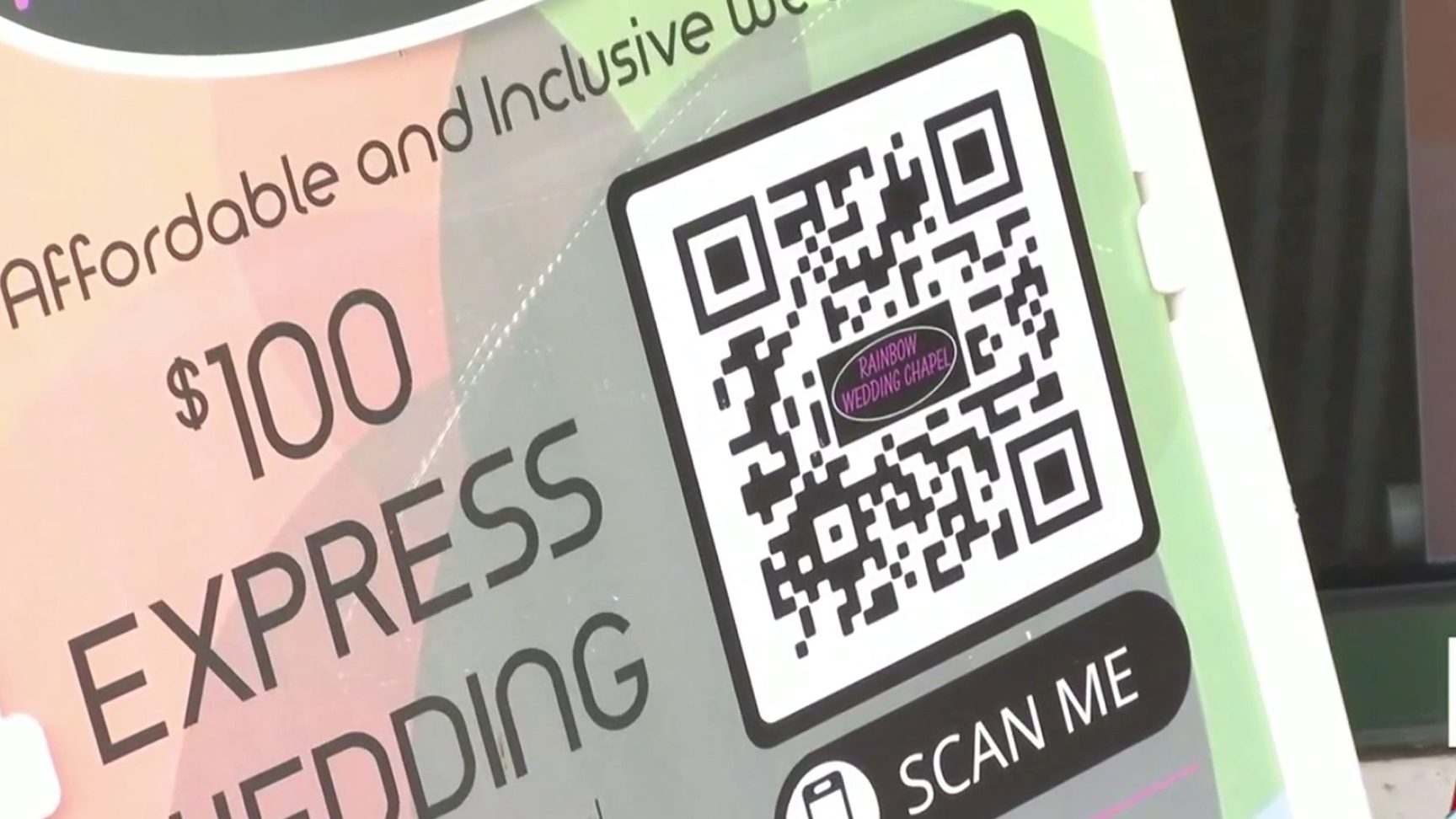Are you using QR codes for online transactions? Beware – scammers have found a way to trick people into making payments to them through fake codes. And it’s easier than you think! Here’s how they do it:
- Scammers create a fake QR code that looks almost like the genuine one.
- They convince you to use the fake QR code instead of the genuine one.
- You scan the fake QR code, enter the payment amount, and… whoops! You just paid the scammer.
- The scammer can even ask for your OTP, endangering your bank account.
Don’t be a victim! Protect yourself by always verifying if the code is genuine and if it leads to the right payment gateway. Never enter your OTP unless it’s absolutely necessary and the authenticity of the QR code is confirmed. Stay vigilant and protect yourself from potential financial loss!
Understanding QR codes and their purpose
QR codes, or quick response codes, are two-dimensional barcodes that are machine-readable. They were originally designed for the automotive industry but have since been adopted in various fields, including marketing, advertising, and payment services. QR codes can store different types of information, including URLs, contact information, and text messages.
In payment services, QR codes are used to transfer money instantly. They work by having the payer scan the QR code of the payee using a smartphone camera. Once scanned, the payer enters the amount they wish to transfer and completes the transaction by providing their payment credentials. QR codes have made it easier and faster to send and receive money securely.
How criminals misuse QR codes
Unfortunately, QR codes are not immune to fraud. Criminals have found ways to misuse these codes to trick people into making payments to their accounts. One common occurrence is where criminals will try to convince people that they are paying them via QR codes when, in fact, the victim is entering payment details into the criminal’s account.
The criminals do this by disguising themselves as legitimate sellers and asking the victim to scan the QR code, enter the amount they wish to transfer, and then enter an OTP code. The OTP code is then used to validate the payment. This process seems harmless, but it can result in the victim mistakenly transferring money to the criminal’s account. Once the transaction is done, it is almost impossible to reverse it.
The scan-and-pay QR code scam
The scan-and-pay QR code scam is another technique that has become popular among fraudsters. In this scam, criminals create fake QR codes and attach them in public places where there is a high volume of traffic, such as train stations or shopping malls. Once a victim scans the QR code on their smartphone, they are redirected to a fake payment page. The victim will then enter their payment information and complete the transaction, not realizing that they have been scammed.
Risks associated with sharing your QR code
Sharing your QR code with strangers is risky, as it can lead to fraudulent transactions. Once a criminal has access to your code, they can manipulate it to redirect people to a fake payment page or ask for payment details. They can also create fake QR codes with your details and use them to request payment from others.
Another risk associated with sharing your QR code is the possibility of getting hacked. If your QR code is posted publicly, it could be scanned by anyone, including bots or hackers, who could obtain your personal information or cyberstalk you.
Tips for keeping your QR code secure
To protect yourself from QR code fraud, it is vital to take precautions to keep your QR code secure. Here are some tips to follow:
- Only share your QR code with people you know and trust
- Avoid scanning QR codes from unfamiliar sources, especially in public places
- Always verify the transaction information before completing the payment
- Use a reputable payment provider that offers secure transactions
Common misconceptions about QR codes and money transfers
There are many misconceptions about QR codes and how they work. One common belief is that QR codes are used to receive money instead of transferring money. However, this is not true. QR codes are used to initiate a transaction by the payer, who will enter the amount they want to transfer before authorizing the payment.
Another myth is that scanning a QR code is unsafe. While QR codes may pose some risks, scanning them does not automatically put your device or data in danger. The risks come from scanning unfamiliar codes or from interacting with fake payment pages.
Protecting yourself from QR code fraud
QR codes are convenient, but they can be manipulated by fraudsters for their benefit. To protect yourself from QR code fraud, you must stay vigilant and follow best practices to keep your code secure. Always use trustworthy payment providers, avoid scanning codes from unknown sources, and be careful when sharing your information with strangers. Whether you are making or receiving payments, it is crucial to stay informed and know the risks associated with QR codes.





